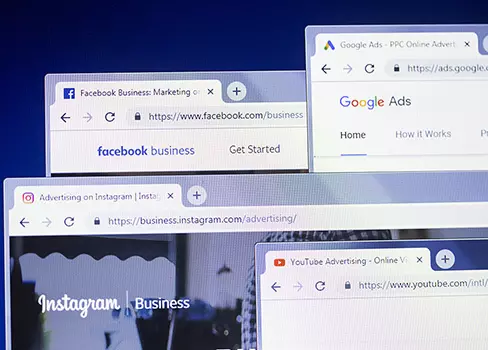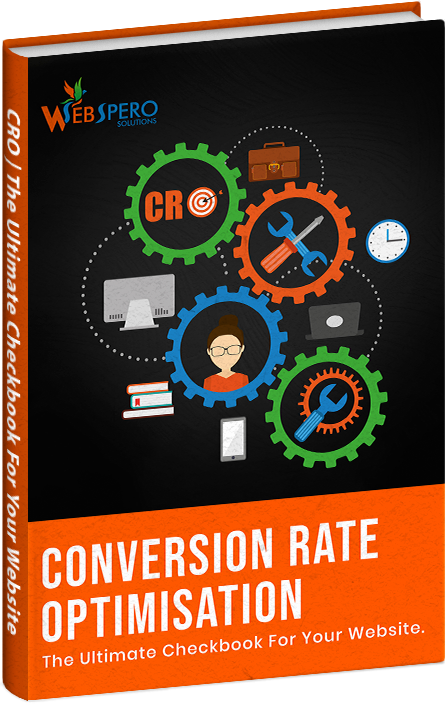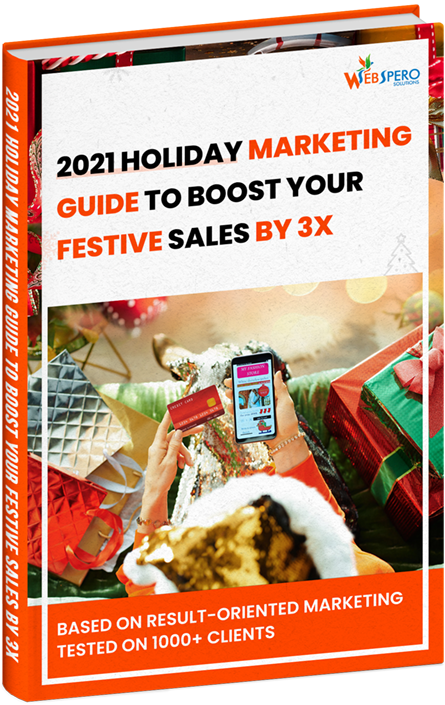Here is What We Do, Better Than Others
With WebSpero as your growth partner, get used to more conversions and more sales.

Organic Growth
Search Engine Optimization Agency
Whether you’re looking for a local SEO agency or an eCommerce SEO agency, our SEO experts are here to propel your organic growth the way we helped our clients: On average, we’ve ranked 1.5 million keywords organically.

Paid Growth
Pay-Per-Click Agency
Searching for a PPC agency specializing in search ads, social media ads, smart campaigns, or shopping ads? Our PPC experts can help you gain qualified leads and boom your growth the way we helped our clients Cumulatively we’ve generated over 2 million conversions.

Development
Full-Stack Web Development Agency
Our expert developers can help you with front-end web development, back-end web development, web designing, and web programming. We’ve completed over 650 web development projects, globally.
We Walk The Talk With Our Case Studies
Our featured work done over the years across industries.
We’ve Generated Over
2.4 Billion
in Client Revenue
We’ve Generated
80 Thousand
Leads For Our Clients
We’ve Designed Over
1,200
Business Websites
Exceeding Customer Expectations, Fueling Digital Excellence
WebSpero empowers top brands to let them dominate digitally.

























Here’s What Our Clients Are
Talking About Us
We’ve made it our mission to lead by example
The clients have seen a significant increase in traffic with numbers growing into the hundreds. WebSpero is strategizing on how to take pre-existing high-traffic clients even higher. Their team is communicative and effectively follows through on directions. They took over our entire SEO division. This includes auditing sites, fixing onsite problems, improving site speed, optimizing site navigation and layout, optimizing content for conversion, fixing duplicate content and much more.

Our journey with WebSpero Solutions has been a game-changer. Not only did they propel us to the top spot on Google, but their remarkable high ratings reflect the excellence they bring to the table. The cultural fit was extraordinary, making every interaction with them a pleasure. Coupled with their cost-effective solutions, WebSpero proved to be a valuable partner whose commitment to our shared values shines through.

We saw impressive results and improvement in our search engine rankings. Today, most of our keywords are doing well. WebSpero Solutions deployed a team of SEO professionals and a team of PPC experts who worked on our website. Mostly, we had meetings with their project manager. It was peace of mind. We are impressed with WebSpero Solutions’ professionalism. The team behind this service has a proven track record of delivering on time, every time, and with the utmost professionalism.

WebSpero Solutions is doing a great job; thanks to them, our Google rankings have improved. Our launch product has gone from an indiscernible page number on Google results to the 70th page. Another product’s keyword has moved from another indiscernible page number to the 55th page. Meanwhile, our main brand name has gone from the fifth page to the first page of Google search results. Moreover, WebSpero Solutions has achieved these results in only a month. I’m most impressed by WebSpero Solutions’ integrity, honesty, and effective communication.

Working with WebSpero has been a transformative experience for our online presence. Their comprehensive approach to SEO involved strategic structural changes to our website, the addition of informative articles, meticulous keyword research, and the incorporation of valuable backlinks. The team has been prolific in generating high-quality content, seamlessly managing both onsite and offsite SEO, and executing effective PPC campaigns. Notably, their integration of robust email marketing measures has been a game-changer for us. The results speak for themselves, and what sets WebSpero apart is the simplicity and transparency of their process. Grateful for their expertise and the impactful outcomes they consistently deliver.

Awards And Recognition

600+ REVIEWS

105+ REVIEWS

45+ REVIEWS

22+ REVIEWS





















